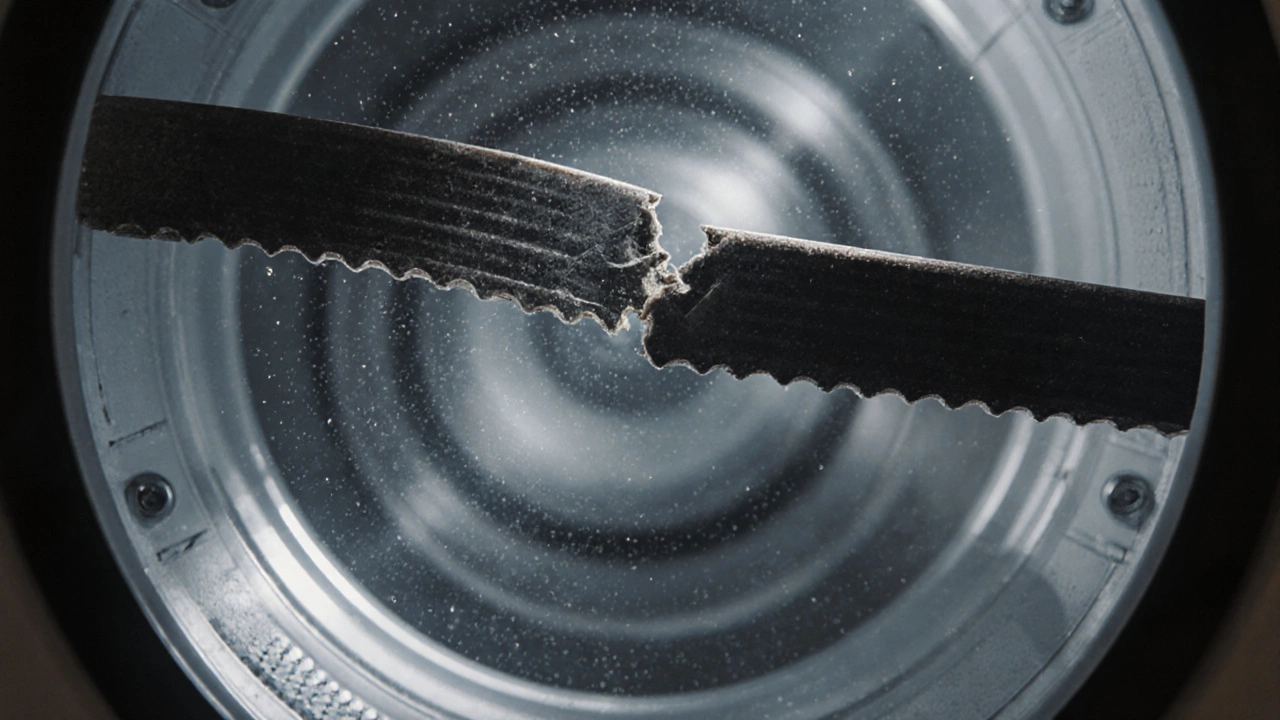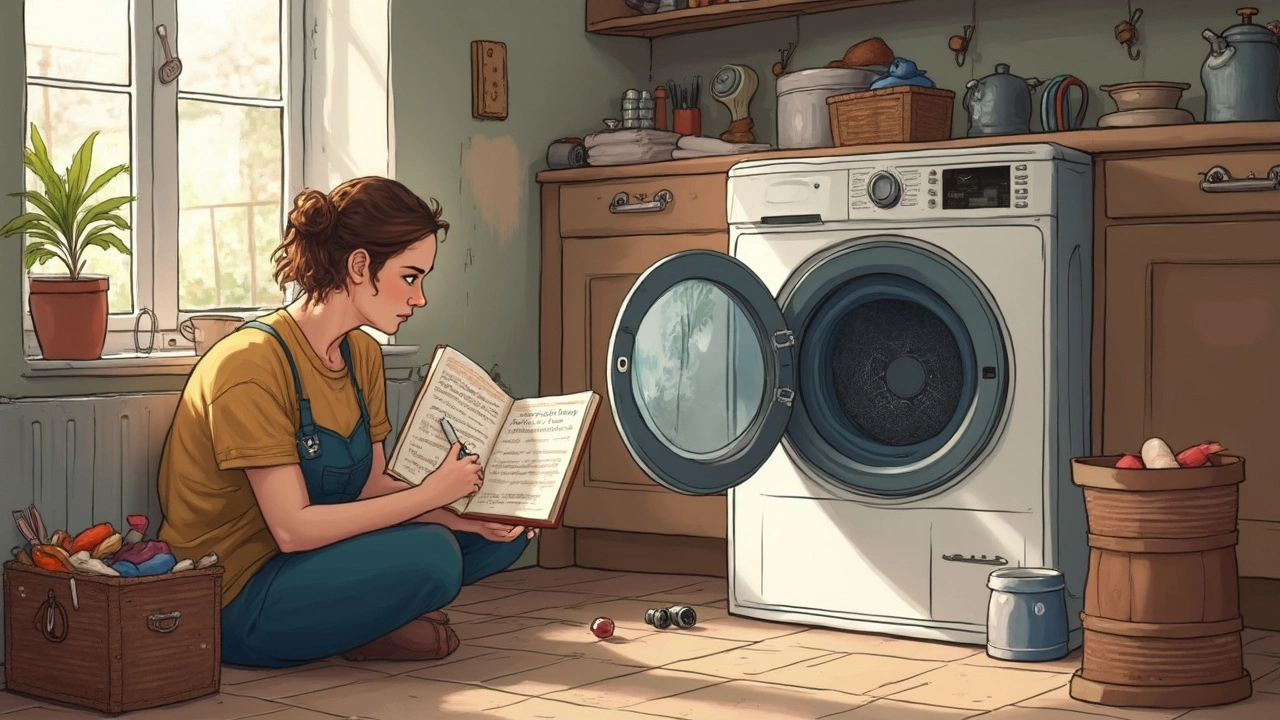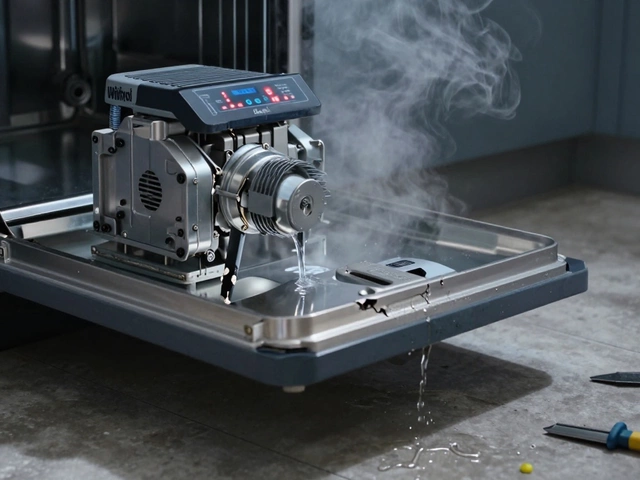Dryer Repair: How to Fix Common Issues and Extend Your Dryer’s Life
If your dryer isn’t heating, makes loud noises, or just won’t spin, you’re not alone. Most homeowners face a dryer hiccup at some point, and many of them can be sorted without a pricey callout. Below you’ll find the most frequent problems, simple steps to try, and advice on getting the most years out of your machine.
Common Dryer Problems and Fast Fixes
No heat. First, check the power supply – a tripped breaker or a loose cord is a quick culprit. If the dryer runs but stays cool, the heating element may be burnt out. Unplug the unit, locate the element (usually behind the front panel), and test it with a multimeter. A zero reading means it’s dead and needs swapping. Replacing an element is a $30‑$70 job if you’re comfortable with basic tools.
Loud thumping or rattling. This often means something is stuck in the drum or the drum rollers are worn. Pull the dryer away from the wall, disconnect the power, and inspect the drum for loose objects like coins or lint balls. If the drum spins unevenly, the rollers or the idler pulley may need lubrication or replacement. A set of rollers typically costs $20‑$40 and can be installed in under an hour.
Dryer takes forever to dry. Start by cleaning the lint filter – a clogged filter reduces airflow dramatically. Next, check the vent hose. A blocked vent forces the dryer to work harder and can be a fire hazard. Detach the hose, clear any lint with a brush, and make sure the outside vent flap opens freely. If airflow is still weak, the internal blower motor may be failing and should be inspected by a pro.
How Long Does a Dryer Really Last? Tips to Boost Lifespan
On average, a tumble dryer lasts 10‑13 years. We’ve seen units push 15 years when owners stay on top of maintenance. The biggest lifespan killers are neglecting the lint filter, ignoring vent cleaning, and overloading the drum. Aim to clean the filter after every load and give the vent a thorough check every six months.
Another easy win is to level the dryer. An uneven machine can strain the drum bearings and cause premature wear. Use a spirit level on the front and back of the dryer, and adjust the feet until it sits flat. It only takes a few minutes and saves you from costly drum repairs later.
When you notice a minor glitch – a strange smell, occasional stop‑start cycles, or reduced heat – address it right away. Small fixes like tightening a loose belt or cleaning the moisture sensor (the two metal bars inside the drum) can prevent a complete breakdown.
If you’re ever unsure, Weymouth Appliance Repair Services is just a call away. Our technicians know the ins and outs of dryer models common in the UK and can provide quick, affordable fixes. We’ll also give you a short maintenance checklist so you can keep your dryer humming for years.
Bottom line: regular cleaning, quick checks, and a little DIY spirit go a long way. Follow these steps and you’ll likely avoid the biggest repair bills and extend your dryer’s useful life well beyond the average.
Why Is My Tumble Dryer Not Spinning Properly? Common Causes and Fixes
- Alden Wilder
- Oct 28 2025
- 0 Comments
If your tumble dryer runs but the drum won't spin, the issue is likely a broken belt, worn rollers, or a bad capacitor. Learn how to diagnose and fix common causes yourself before calling a technician.
View MoreWhen Not to Repair a Dryer: Signs It's Time to Move On
- Alden Wilder
- May 7 2025
- 0 Comments
Not every dryer is worth fixing. This article digs into clear signs that tell you when repairing your tumble dryer just doesn't make sense anymore. Learn about the warning signals, costly mistakes to avoid, and what to do instead. Get practical tips and real-world advice, so you don’t waste money or risk safety. Don’t let an old machine eat up your budget or your patience.
View MoreCommon Dryer Issues and How to Fix Them
- Alden Wilder
- Mar 13 2025
- 0 Comments
Discover the most frequent issues that can arise with your dryer and learn how to address them. From dealing with a dryer that won't start to fixing one that doesn't heat properly, this guide provides practical tips and straightforward solutions. Understand the common causes behind these malfunctions and find out how regular maintenance can prevent future problems. Whether you're tackling a clogged vent or a faulty thermostat, this article offers the knowledge you need to keep your dryer running smoothly. Get equipped with the insights every dryer owner should know.
View More






